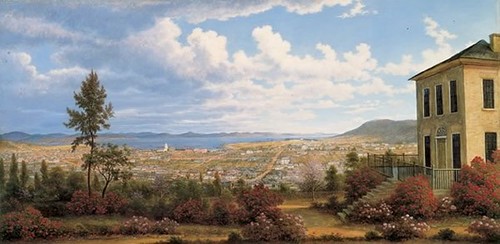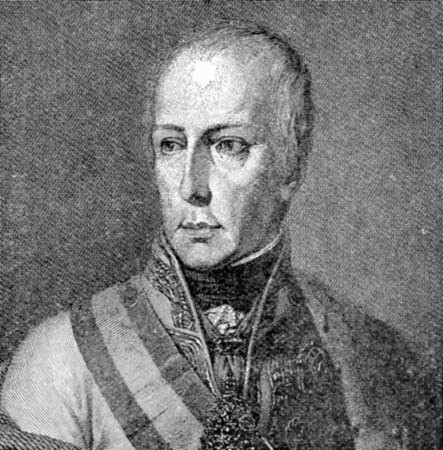William Clark and 42 men depart from Camp Dubois to join Meriwether Lewis at St Charles, Missouri, marking the beginning of the Lewis and Clark Expedition’s historic journey up the Missouri River.
The Lewis and Clark Expedition, also known as the Corps of Discovery Expedition, was a landmark journey undertaken by Meriwether Lewis and William Clark from 1804 to 1806. It was commissioned by President Thomas Jefferson with the goal of exploring and mapping the newly acquired western territories of the United States after the Louisiana Purchase in 1803.
The expedition began in St. Louis, Missouri, on May 14, 1804, and traveled westward up the Missouri River, exploring and documenting the vast wilderness of the American West. The primary objective was to find a water route across the continent to the Pacific Ocean, known as the Northwest Passage. While the expedition did not find a navigable waterway, it greatly expanded knowledge of the region and opened the way for future settlement and trade.
Lewis and Clark led a diverse group known as the Corps of Discovery, consisting of about 40 men, including soldiers, scouts, interpreters, and boatmen. Sacagawea, a Shoshone woman, joined the expedition as a guide and interpreter. Her presence was instrumental in establishing peaceful relations with Native American tribes encountered along the way.
The expedition faced numerous challenges, including treacherous river conditions, harsh weather, unfamiliar terrain, and encounters with various Native American tribes. However, they persevered, adapting to their surroundings and relying on the knowledge and assistance of local tribes. They encountered and described many previously unknown plants, animals, and landscapes, contributing significantly to the scientific understanding of the region.
After an arduous journey of approximately 8,000 miles (13,000 kilometers), the expedition reached the Pacific Ocean near present-day Astoria, Oregon, in November 1805. They spent the winter there, constructing Fort Clatsop, and preparing for the return journey.
The return trip began in March 1806, following the same route back to St. Louis. The expedition split into two groups temporarily to explore more territory. They reunited in August 1806 and arrived back in St. Louis on September 23, 1806, marking the successful completion of their mission.
The Lewis and Clark Expedition had far-reaching consequences. Their detailed maps, journals, and scientific observations provided valuable information about the western territories and influenced future exploration and settlement of the region. The expedition’s success also strengthened the United States’ claim to the Oregon Territory and paved the way for further westward expansion. Lewis and Clark became national heroes and their journey is celebrated as one of the greatest achievements in American exploration.




